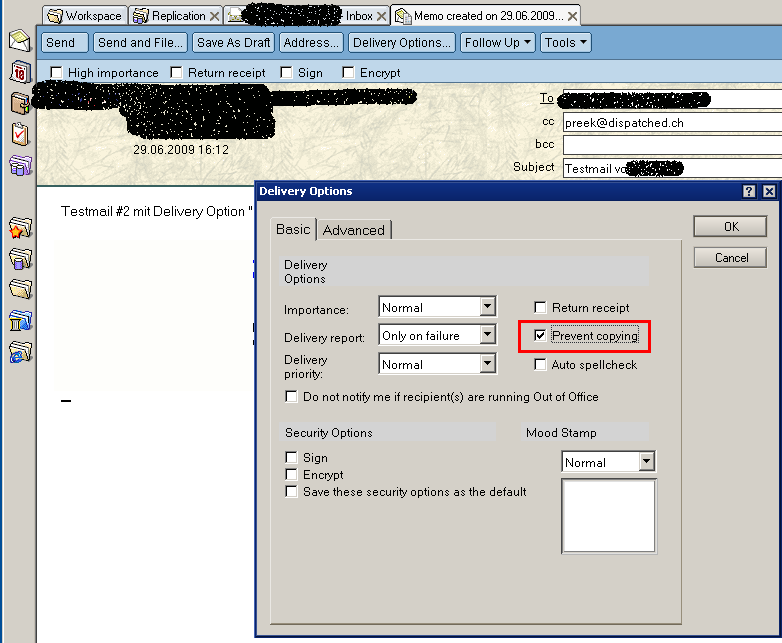C# 4.0’s dynamicity
I just found an article ranking highly on Hacker News (my favourite read) concerning the release of C# 4.0 – you can find it on blogs.msdn.com. On this blog Microsoft claims a couple of highly sophistacated new features. Being the spoiled guy I am, they just seem natural to me. Since they started their article with the words “The dynamic keyword is a key feature of this release.”, let me demonstrate the new features in a really dynamically typed language where they have been around for quite some time: Python
Dynamic
C# |
dynamic contact = new ExpandoObject();
contact.Name = "Patrick Hines";
contact.Phone = "206-555-0144";
|
|
Python |
class contact: None
contact.Name = "Patrick Hines"
contact.Phone = "206-555-0144"
|
Optional (or Default) Parameters
C# |
public static void SomeMethod(int optional = 0) { }
SomeMethod(); // 0 is used in the method.
SomeMethod(10);
|
|
Python |
def some_method(optional = 0): pass
some_method()
some_method(10)
|
Named Arguments
C# |
var sample = new List<String>();
sample.InsertRange(collection: new List<String>(), index: 0);
sample.InsertRange(index: 0, collection: new List<String>());
|
|
Python |
def foo(bar, foobar): None
foo(bar='asdf', foobar=12)
foo(foobar=12, bar='asdf')
|
I honestly know that a comparison of a statically typed language on the CLR and an interpreted
The Python code was tested with v2.5 – that’s the oldest installation I’ve got. However, it’s old enough, because .NET didn’t even have decent IPC back then (i.e. Named pipes were added in .NET 3.5).
Well, that’s my rant for the night – I’m going back to teaching myself a real programmers language(Clojure) – as you should, too(;
|
If you liked the article, follow me on twitter here |

